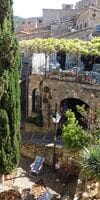Fortress of Tossa de Mar is a complex of medieval buildings enclosed by a defensive wall with watchtowers, which still retains the old structure.
The castle of Tossa de Mar is also known as Vila Velha / Vila Vella, which means "Old town".
The history of the castle Dating back to 12-14 centuries. It was built as protection from enemies.
Old town on a promontory near the South-Eastern tip of the Central Platja Gran beach, and is adjacent to the so-called new town of Tossa de Mar. Although the new town is only a symbol, according to standards he's not that new. When the city began to grow and the population grew (16th century), the homes of local residents and other public buildings began to build outside the city walls, but close to such.
Currently, the old town is a national artistic-historical monument and symbol of the city and the only example of a fortified medieval town that still exists on the Catalan coast.
Vila Velha is visible from the Gran beach, and perhaps this view is the best view which dominates the centre of Tossa de Mar's medieval building. Read more about Gran beach in Tossa de Mar...
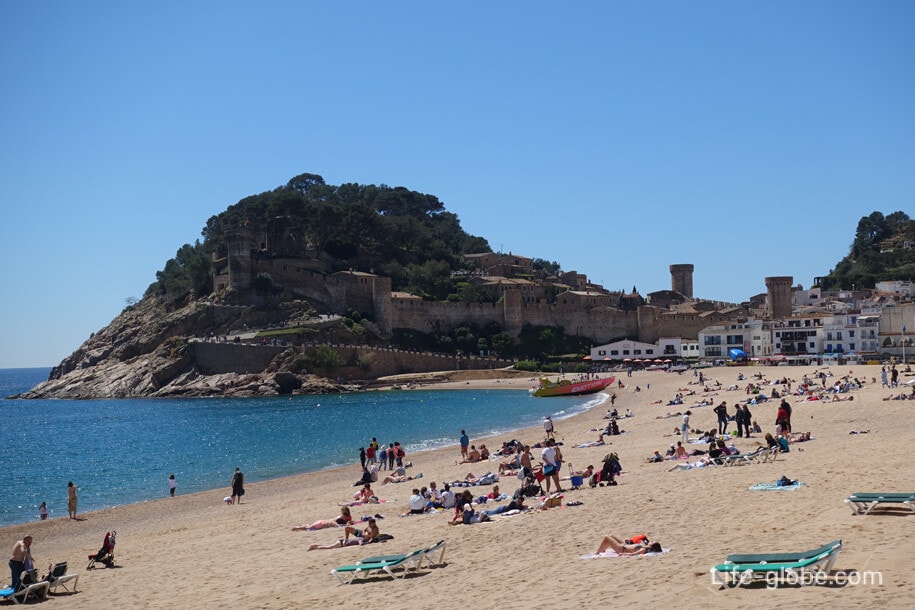
Defensive walls and towers Vila Velha
Previously, the old town was enclosed by a defensive wall, which is currently well preserved, most of it with crenellated walls with battlements on the slope of a promontory facing the centre of Tossa de Mar.
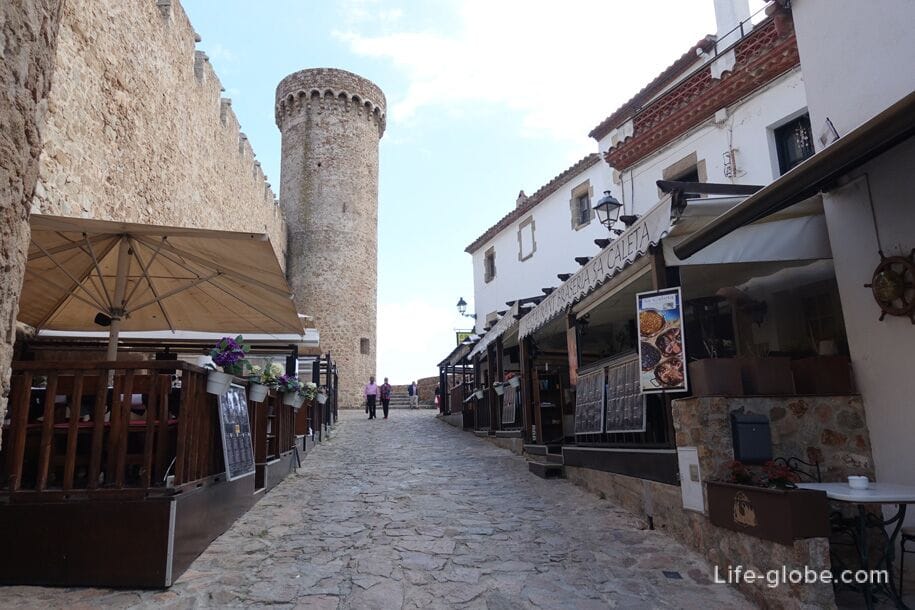
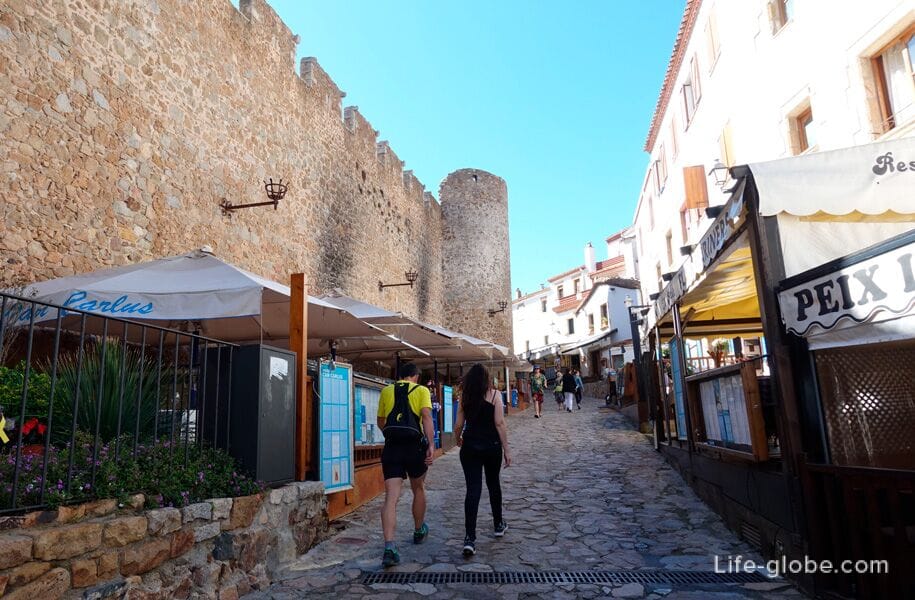
Some sections of the wall you can climb from the old town. The walls offer beautiful panoramic views of the old city and the newer part of Tossa de Mar, coast and beaches.
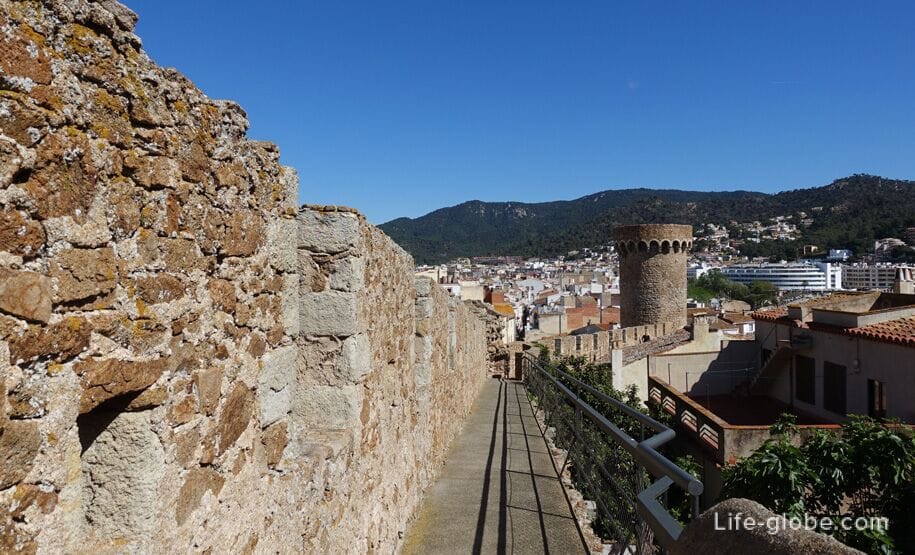

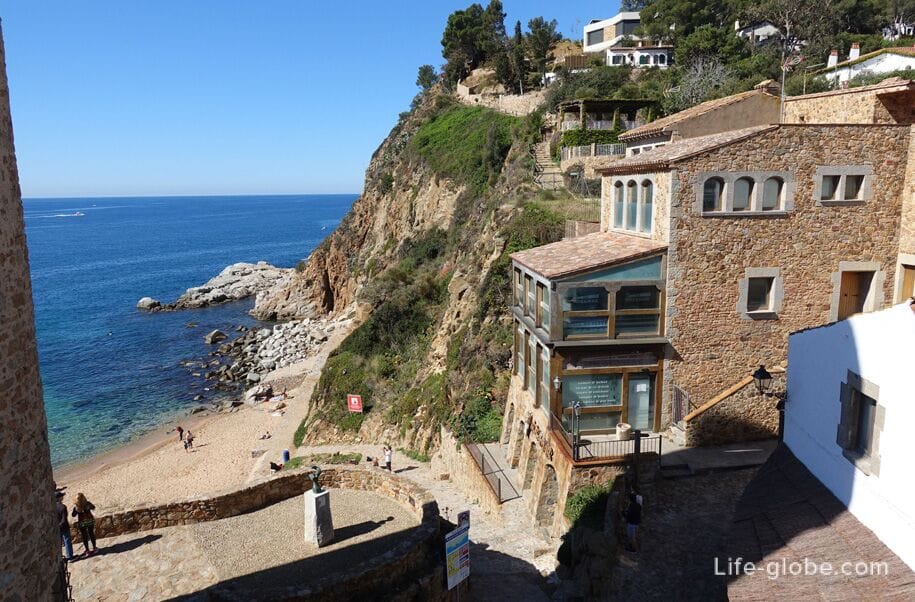
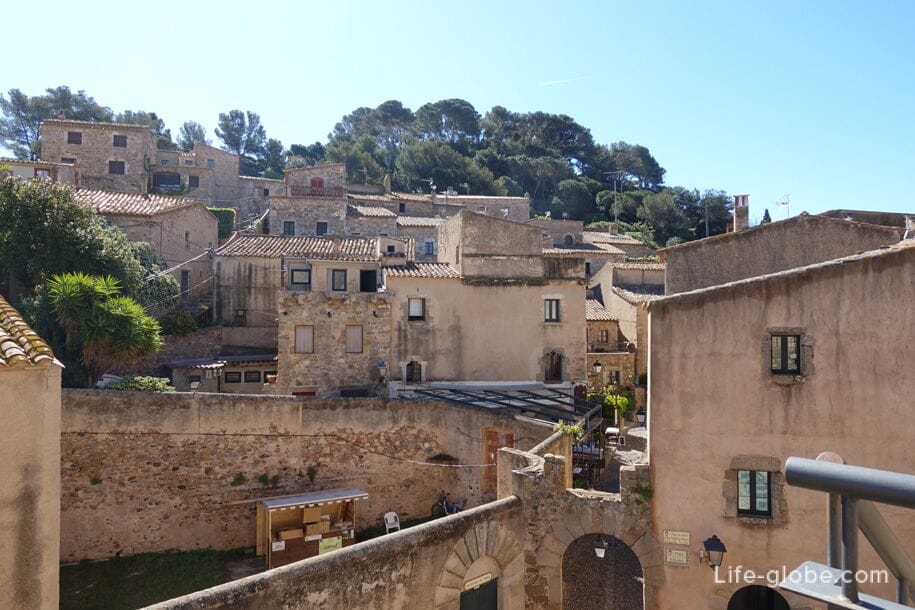
On the perimeter of the defensive walls survived the seven round towers, four of which are small and three higher parapets.
Clock tower located near the main entrance to the old city formed a double arch.
The name "Clock" or "clock tower" comes from the fact that earlier it was the only place in town where there was a public clock.
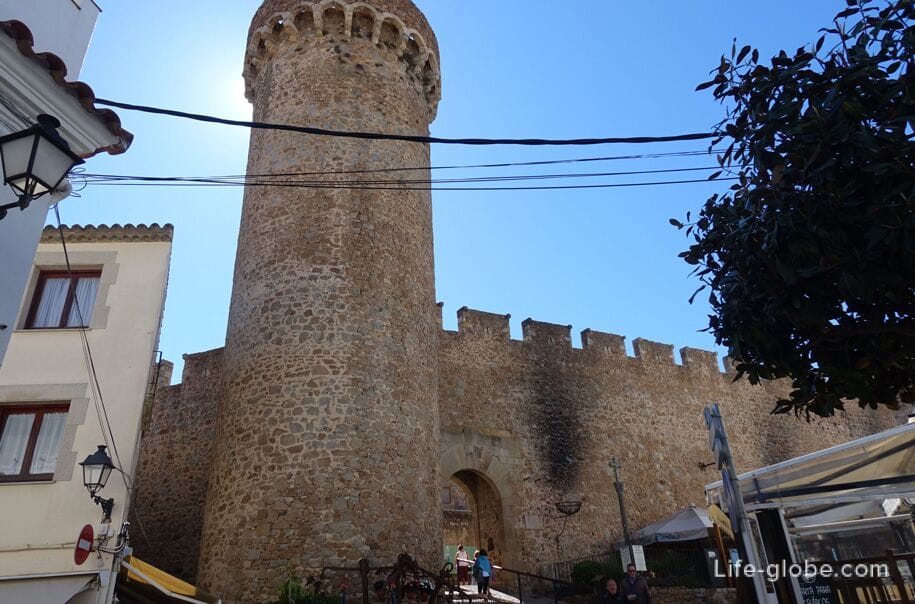
Near the Clock tower and arched entrance, from the new town, is a boundary Gothic cross (Creu de Terme), probably the 14th and 15th centuries, with the crucified Christ on one side and Virgin Mary on the other.
Cross of carved stone, its ends culminates with lilies. On the capitals under the cross is placed a figure of St. Peter, the patron Saint of sailors, and St. Benedict, the founder of the community of the Benedictines.

Joanas tower (Torre d'en Joanàs) located just above the Bay and overlooks to the Central beach of Gran.
Since the tower is located on a hill above the beach and the Bay of Tossa, with areas near the tower (the old city), offers beautiful panoramic views of the Bay and the beaches.

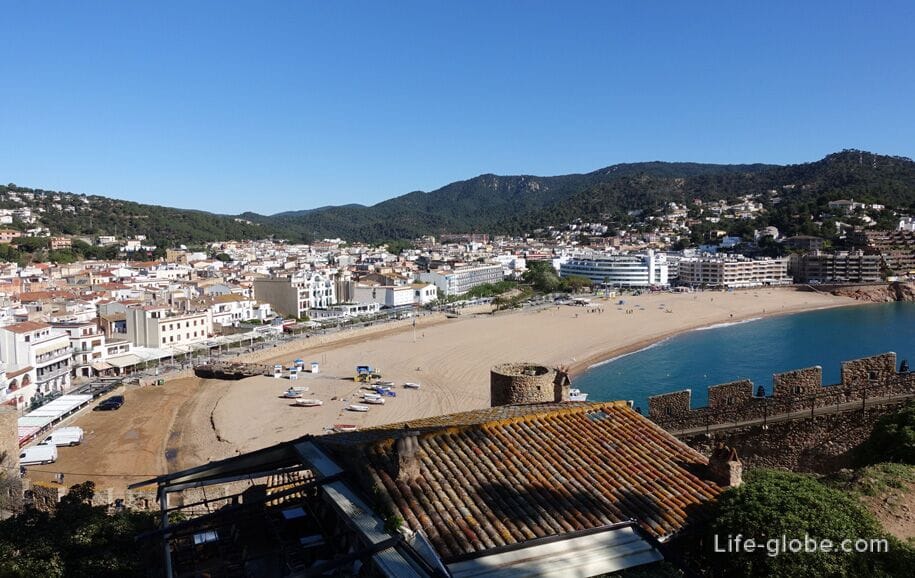
Tower Codolar, also known as the tower of Homage / Tribute (Torre del Codolar, torre del tower of homage / Tribute) is from the South-West side of the old town and rises above the eponymous beach Codolar. In the middle ages the tower gave an excellent overview of the sea and the Western part of the coast.
From this part of the defensive walls and towers (beach Codolar) originates Cami de Ronda (Hiking trail), which offers stunning panoramic views of the beach, the castle, the centre of Tossa de Mar and the sea water. Read more about the Hiking trail...
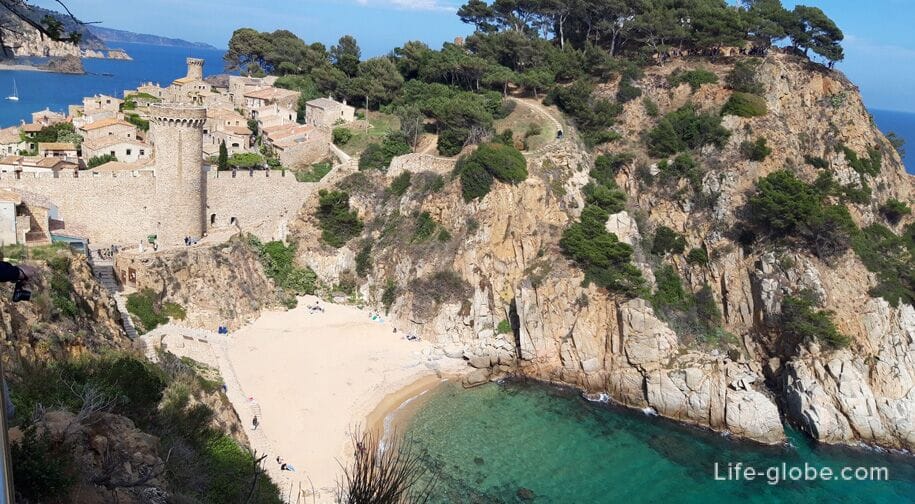
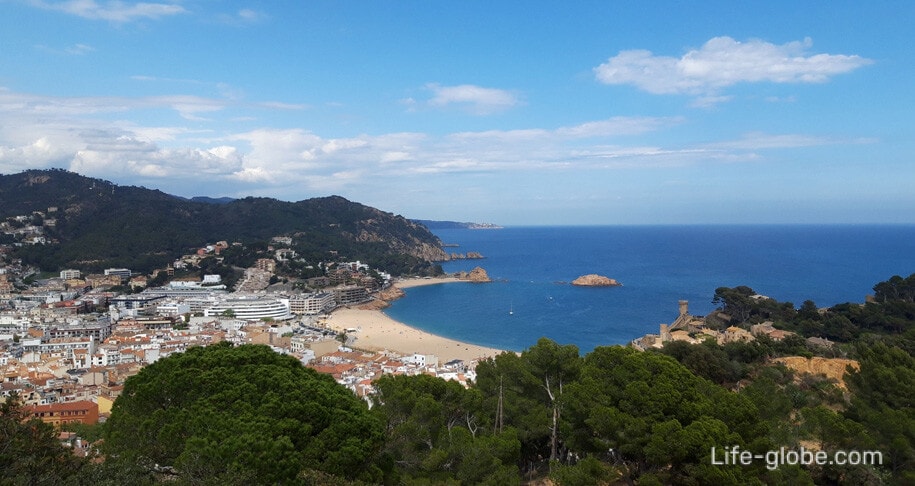
The old town of Tossa de Mar on the inside
The interior space of the old town of Tossa forms a small network of narrow, winding streets with dense buildings, the main axis of which is the Main road where the fragments of the stones of the 17th century.

In the old town are: a few small areas, the Museum, the remains of an ancient Church, lighthouse, sculpture and monuments, cafes and restaurants, souvenir shops and shops.
The entrance to the old town is free (free), you will have to pay, perhaps, and, if desired, for the input into separate objects.
One of the attractions of Vila Velha is the Tossa lighthouse (Far de Tossa), built between 1913 and 1919 on the highest point of the old town, in the place where before the beginning of the 19th century was the castle of the Abbot of the monastery of Santa Maria de Ripoll, the territorial Lord of the town, but which by now almost nothing left.
In the construction of the lighthouse was used for the foundations of a medieval tower. It has a height of 10 meters and its light reaches 30 miles.
Currently, the lighthouse building is placed exhibition space, the center of interpretation of the Lighthouses of the Mediterranean. Entrance 3€, reduced ticket - € 1.50.
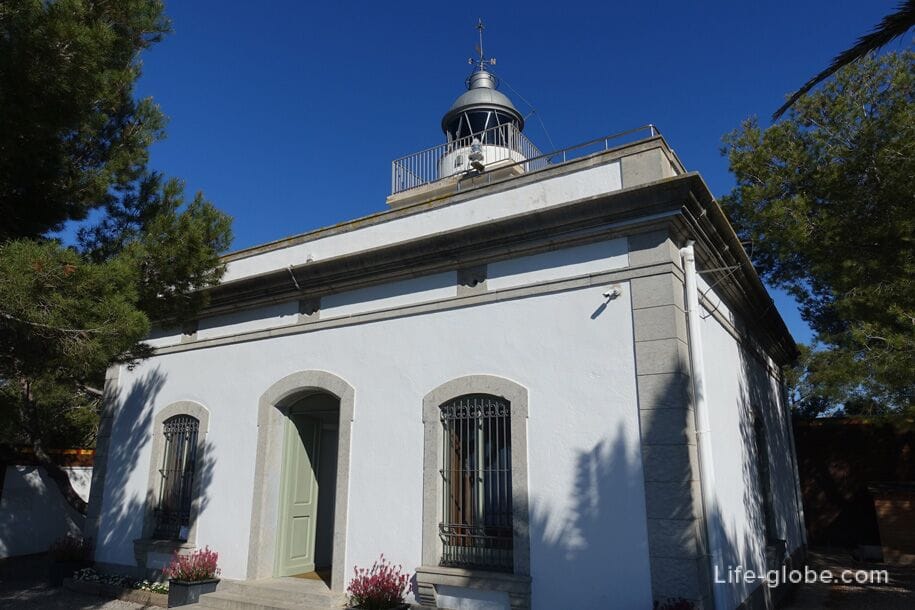
The area around the lighthouse is characterized by a viewing point and a small Park area.
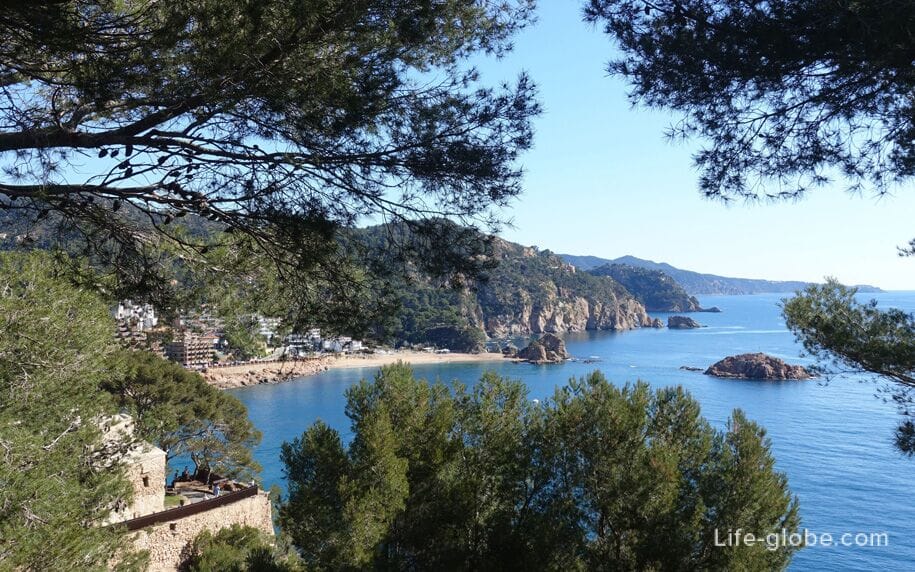

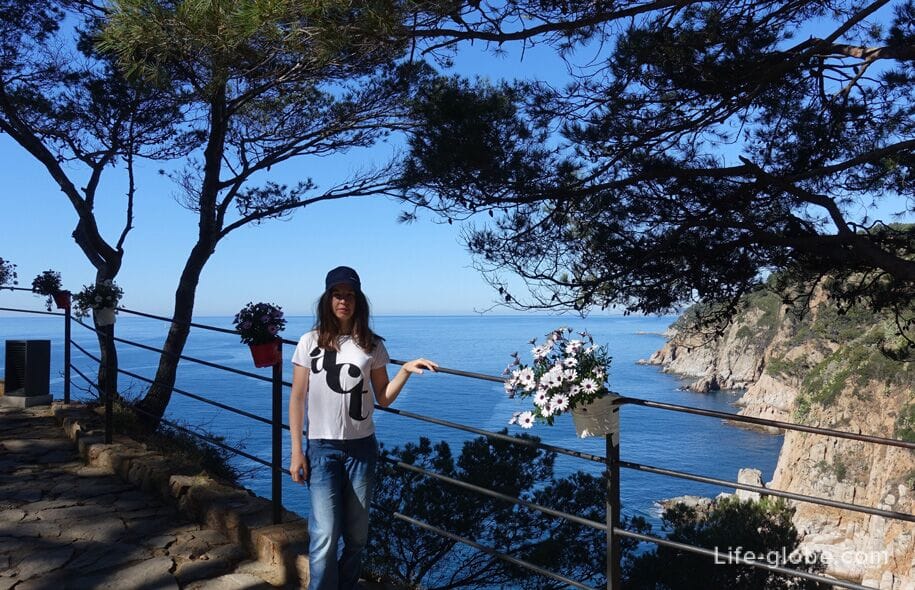
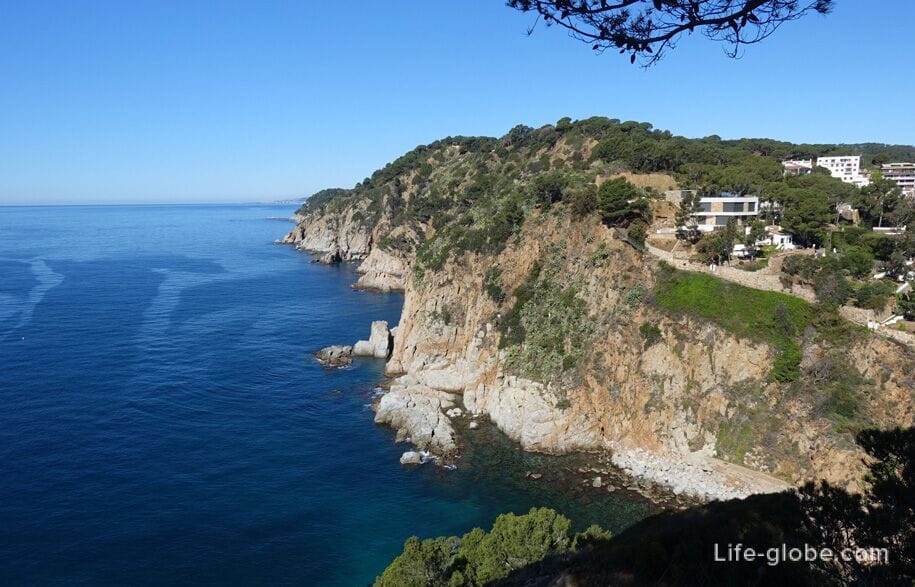
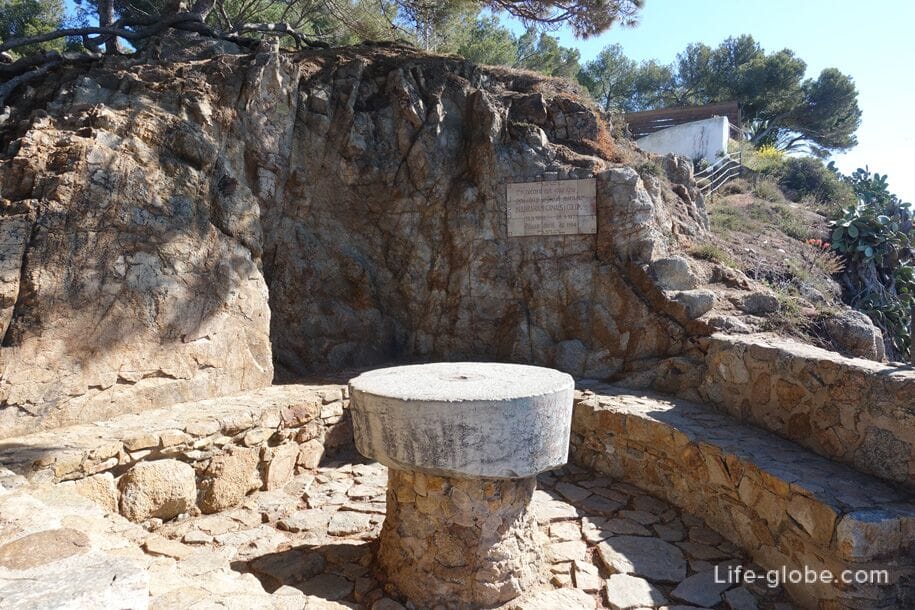
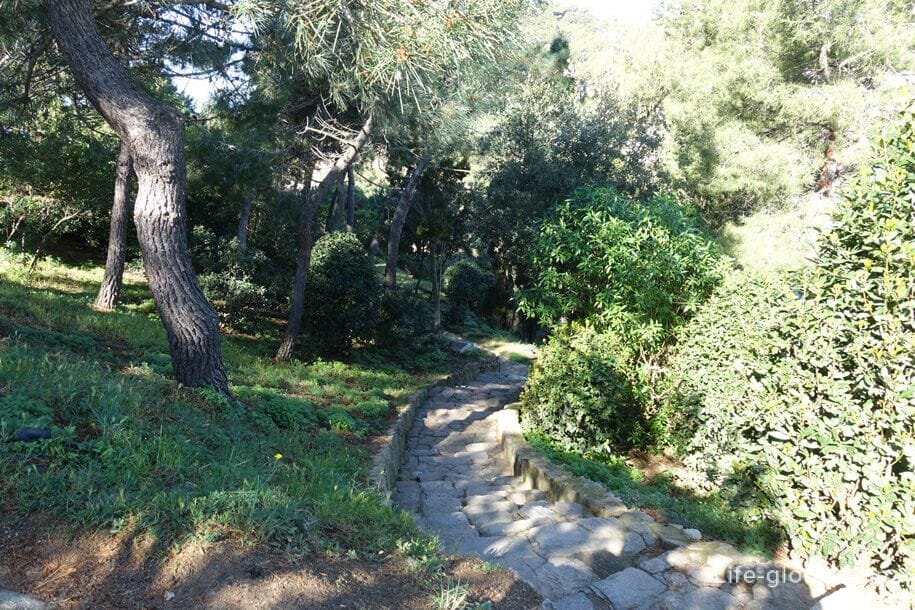
The old parish Church of San Vicente, Gothic style (Església Vella de Sant Vicenç) built in the 15th century on the remains of a previous Romanesque Church from the 11th-12th centuries.
The Church was abandoned in the eighteenth century, when outside the old city was built a new Church, since this could no longer accommodate the growing number of parishioners.
The beginning of the destruction of the Church put explosions in the early 19th century. Soon people began to salakati stones of the Church to build or rebuild their homes.
Presently, the Church remained only the apse and the sacristy with partially preserved roof.
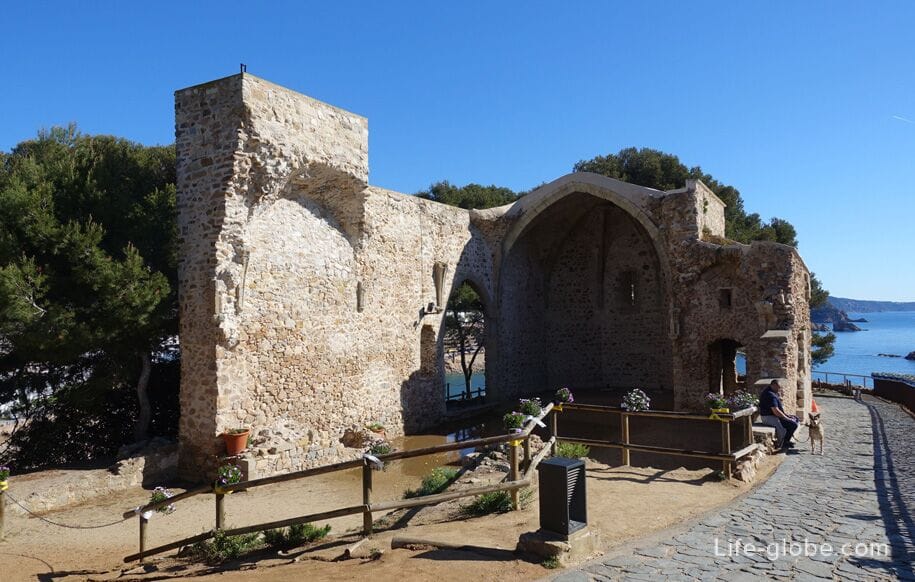
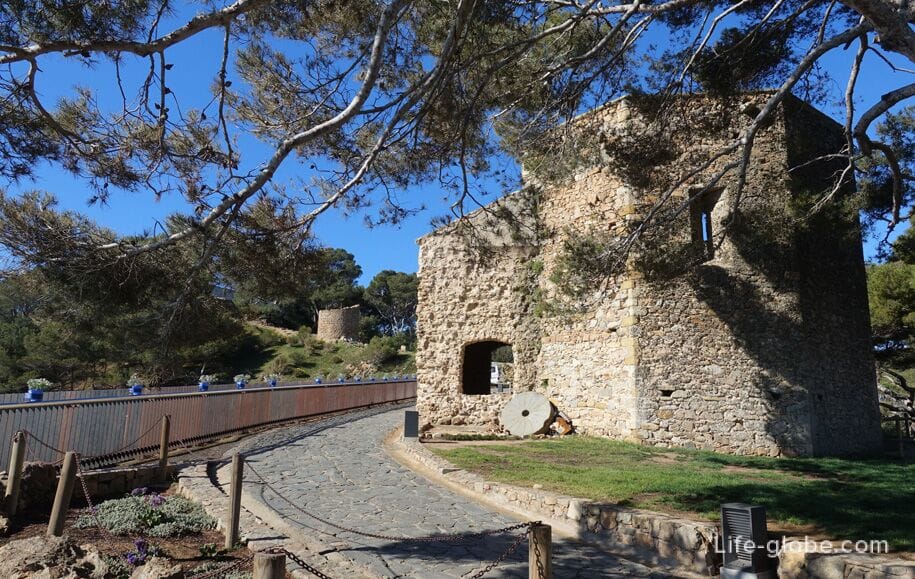
Area Ava Gardner (Placeta him scoring particularly his Gdansk), located near the tower Joanas and surrounded by historic buildings.
The square is notable for the monument to ava Gardner (Monument a Ava Gardner), who played one of the leading roles in the movie "Pandora and the flying Dutchman" in 1951, which was filmed in Tossa.
The shooting of the film began sanminiatelli event for the then quiet village, which is still in the post-war period when mass tourism has not yet arrived. In 1998 he was a bronze statue of natural size, devoted to the heroine of ava Gardner, which at the time of the film was twenty-eight years. The work is part of the Girona artist CIO of Abelli.
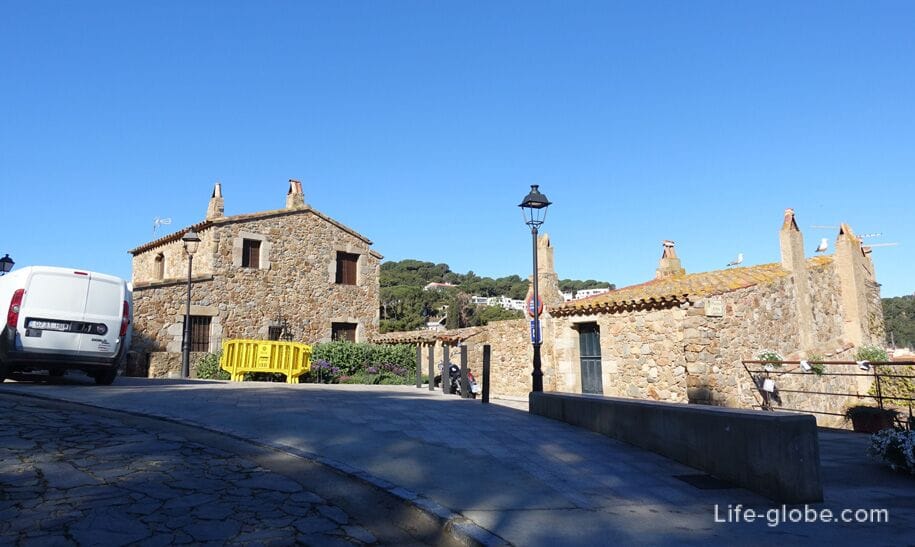
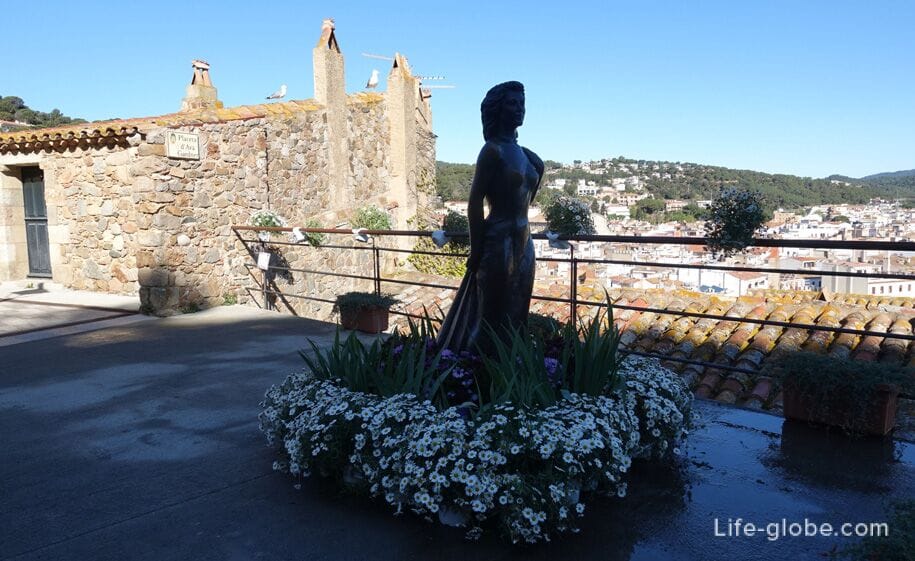
17th century cannon found in those that you can see near the tower Joanas.


House Batlle de SAC (Casa del Batlle de Sac) is one of the most important buildings in tosse, also known as the home of the Governor or the Kang Falger (Can Falguera).
The house originally served as the residence of the tax-collectors, representatives of the monastery of Ripoll. For a long time this position was held by the family of Falher.
The architecture of the houses from the end of the 15th century is notable for a large arched portal (entrance) and several Windows of the Gothic style. The large Central window, located just above the arched entrance has a conical support with tracery. The building attached to the tower Codolar.
The walls of the building is currently Municipal Museum of Tossa de Mar. The pride of the Museum and heritage Tossa is a painting by Marc Chagall's "the celestial violinist". The entrance to the Museum € 3, reduced ticket 2 Euro.

Near the Museum and the tower lies a small area, the most lively and picturesque in the old town of Tossa de Mar.
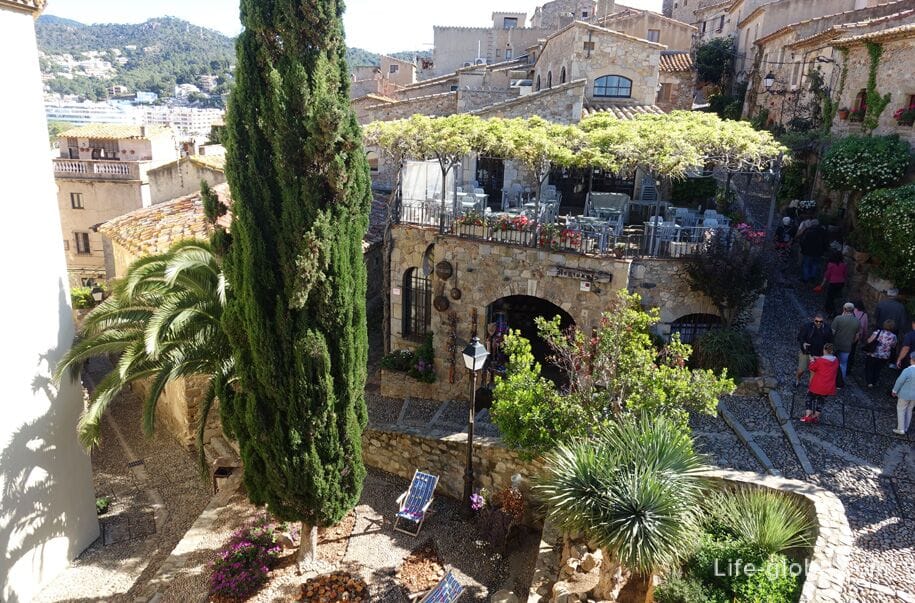

Here, the Museum, in a defensive wall is a small doorway, through which you can get to an open area where there is a monument to the wife of a fisherman (a la Dona del Pescador), and then on the beach Codolar located just below the wall of the castle of Tossa de Mar.
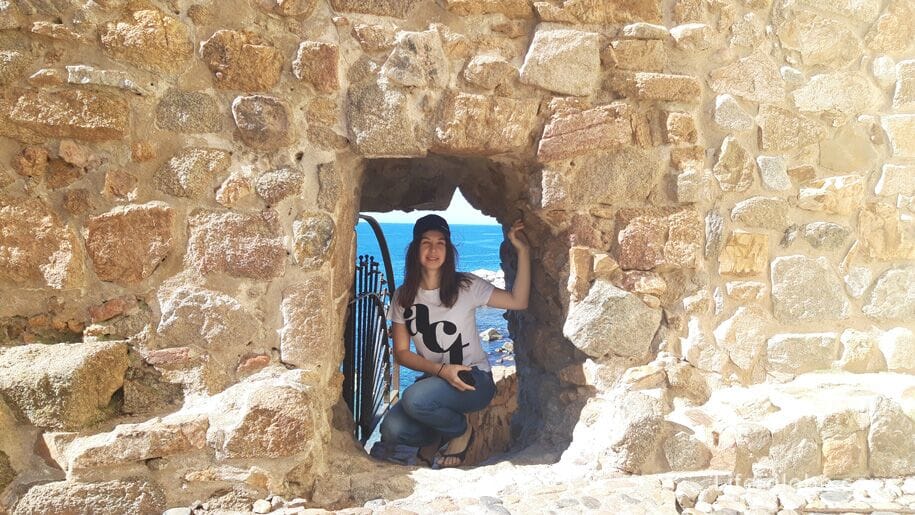
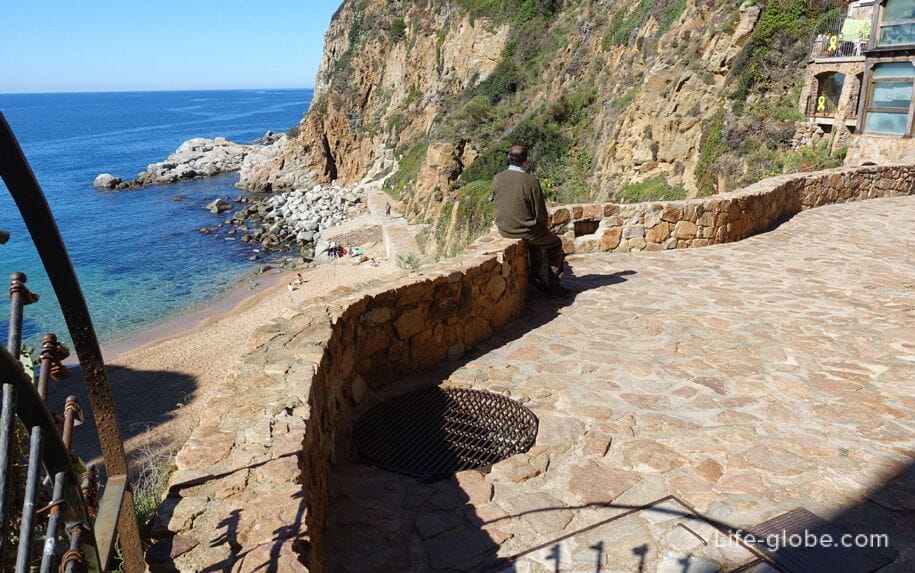
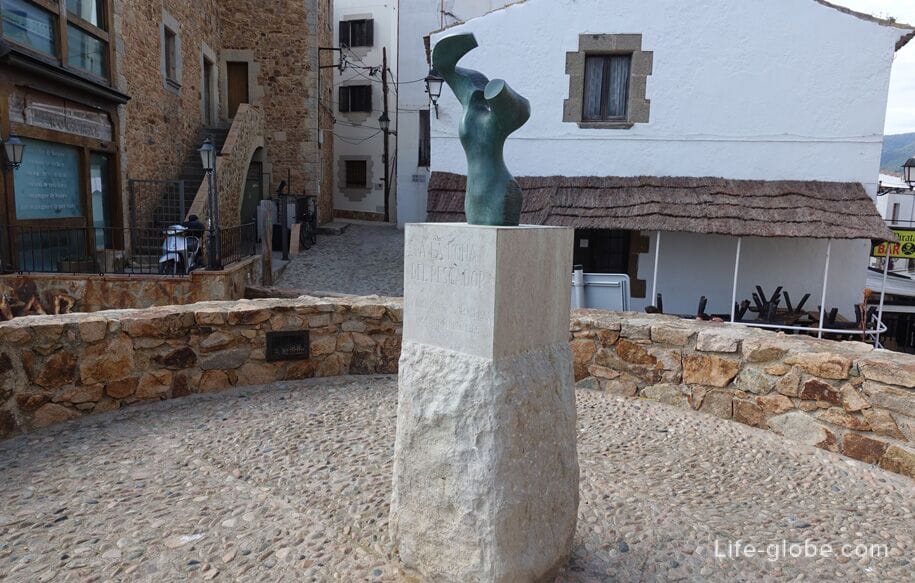
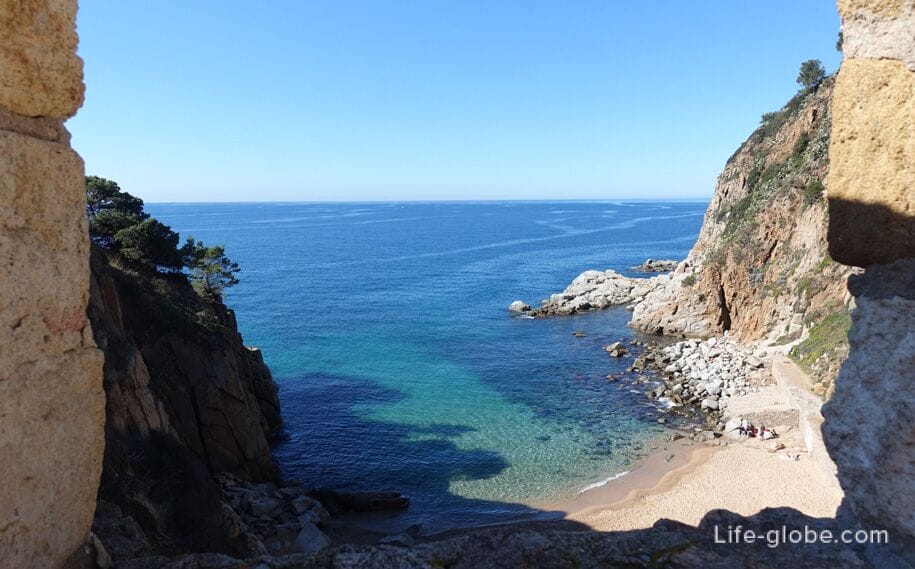
Plaza de Armas (Plaça d'armes), another famous square in the old part of Tossa de Mar, located right at the Clock tower and the entrance to Vila Velha.
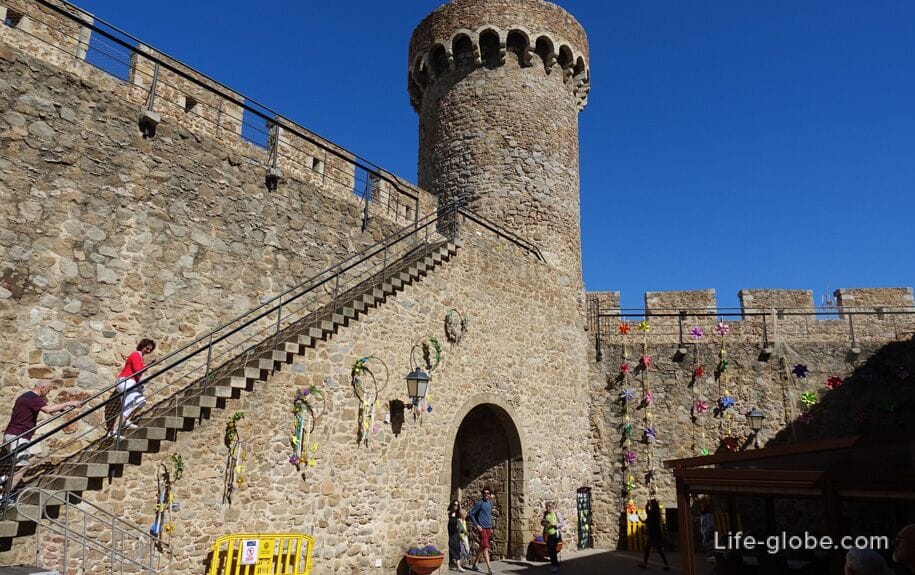
On the Plaza de Armas remarkable house Sant DRAP (Casa del Sant Drap).
This once-Grand manor house whose name comes from the local tradition says that this house had been keeping some of the Holy shroud, also known as Ca na Marieta Xerac or Can Sisó.
The current appearance of the building due to the reconstruction of the 17th century. On the lintel of one of the large Windows of the first floor is the inscription, Dating from 1622 year. The house is adjacent to the defensive wall, where the porch with arched openings.
Currently, the walls of the house Sant DRAP is a restaurant.
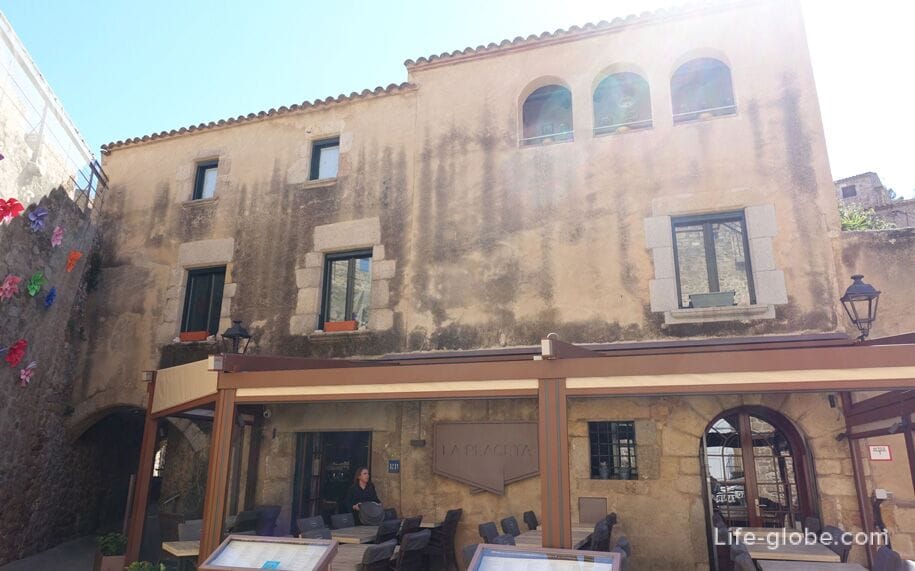
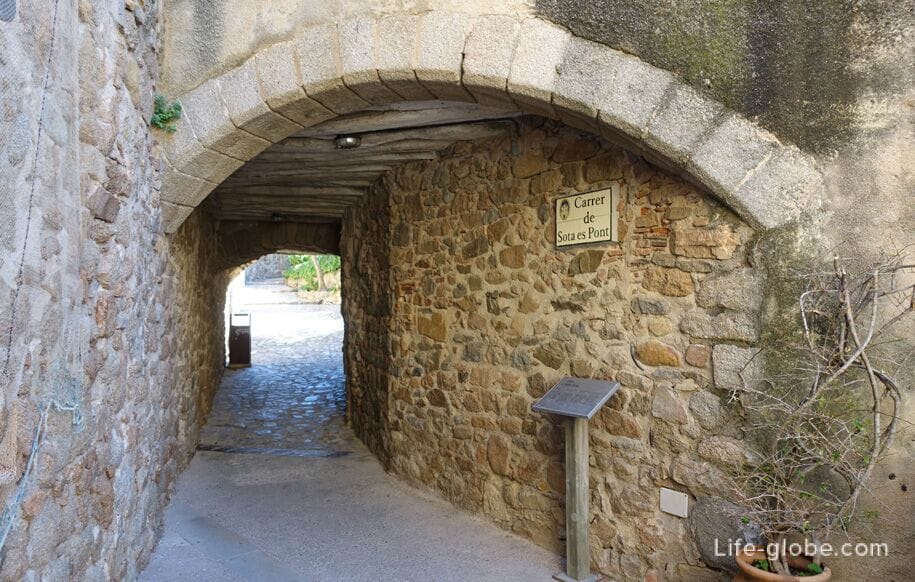
In the old town of Tossa de Mar is a holiday home Casa La Coseta with private Parking, terrace, living room with TV, a fully equipped kitchen, 4 bedrooms, a balcony and air conditioning. All accommodation in Tossa de Mar you can view and book here

Photos of strictly streets of Tossa de Mar

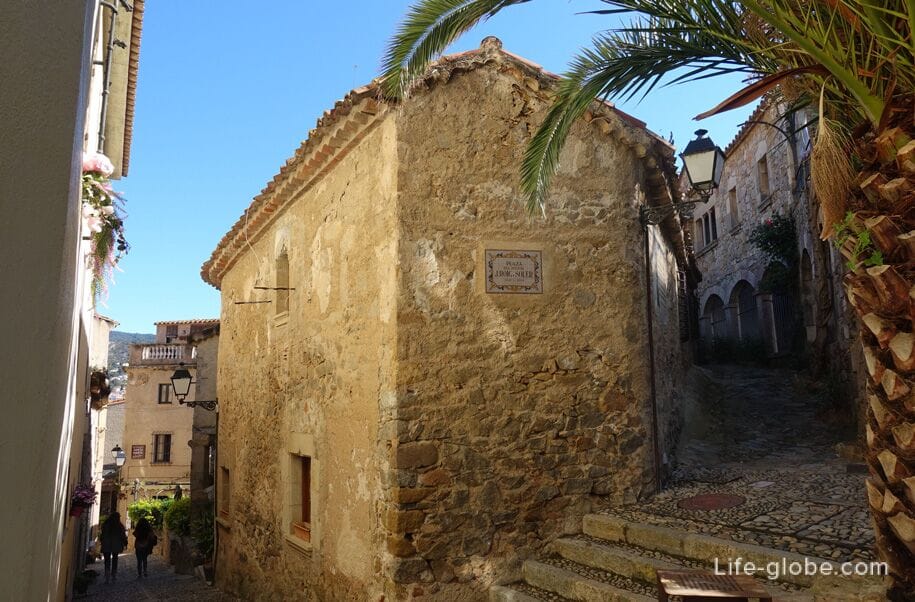

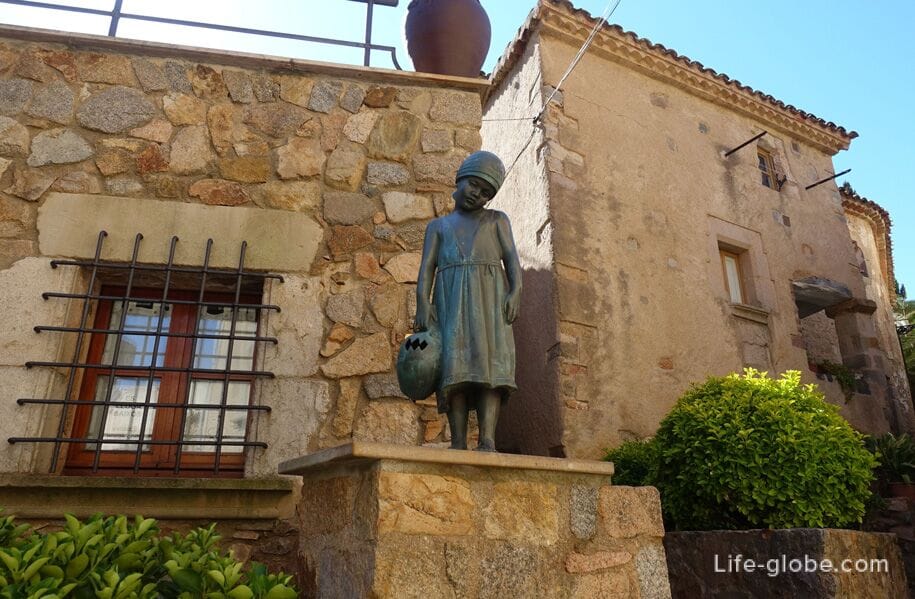
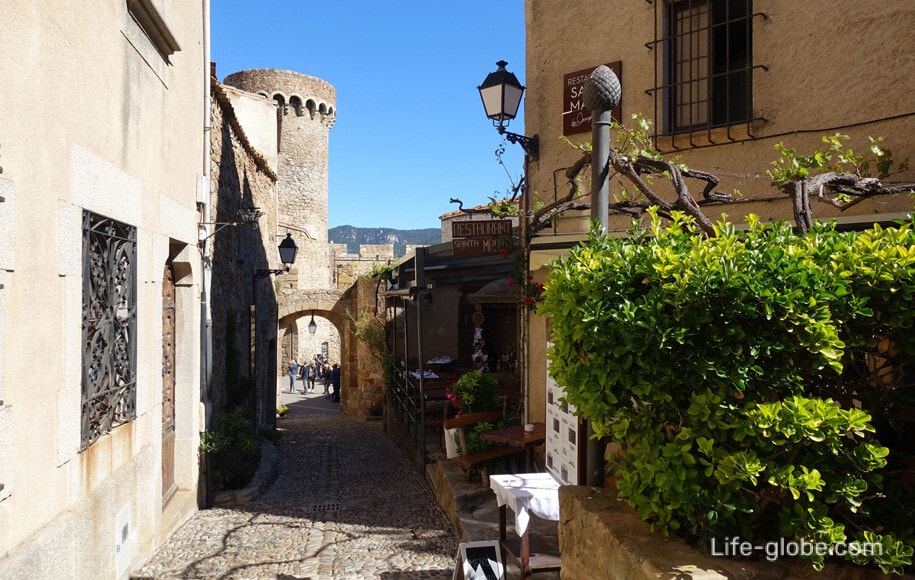
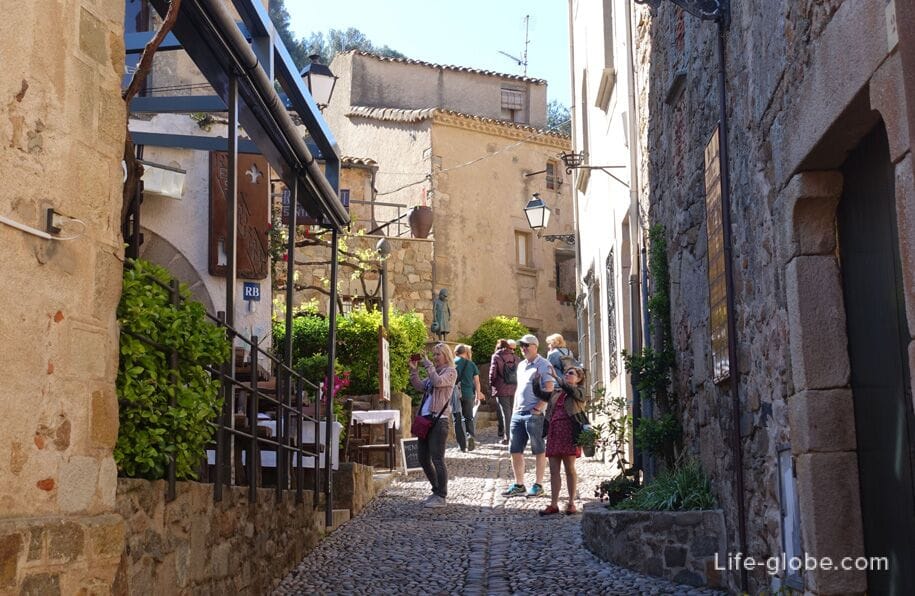
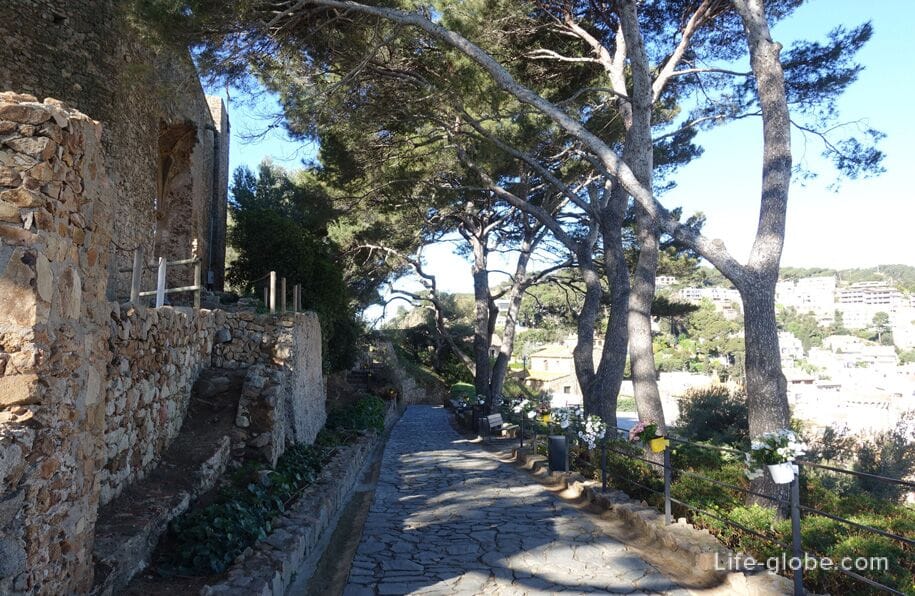
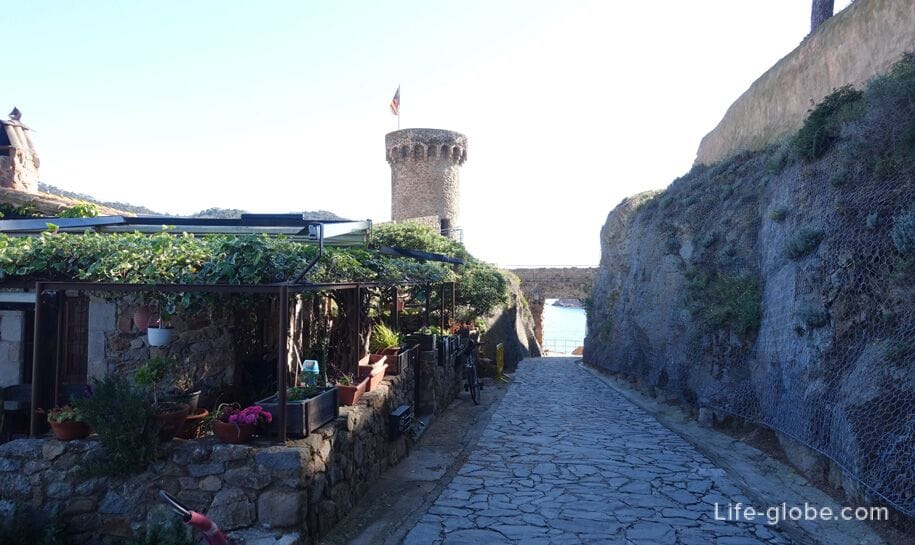
How to get to the castle of Tossa de Mar
Within walking distance from the center of Tossa de Mar is not difficult, the castle is located near the Central beach. It has three entrances near three large towers.
From the West end of the main beach promenade of Gran, and Shuttle trams on which you can climb to the castle to the lighthouse (€6 round-trip, 4 Euros there).
Photo info-offices on the waterfront and route

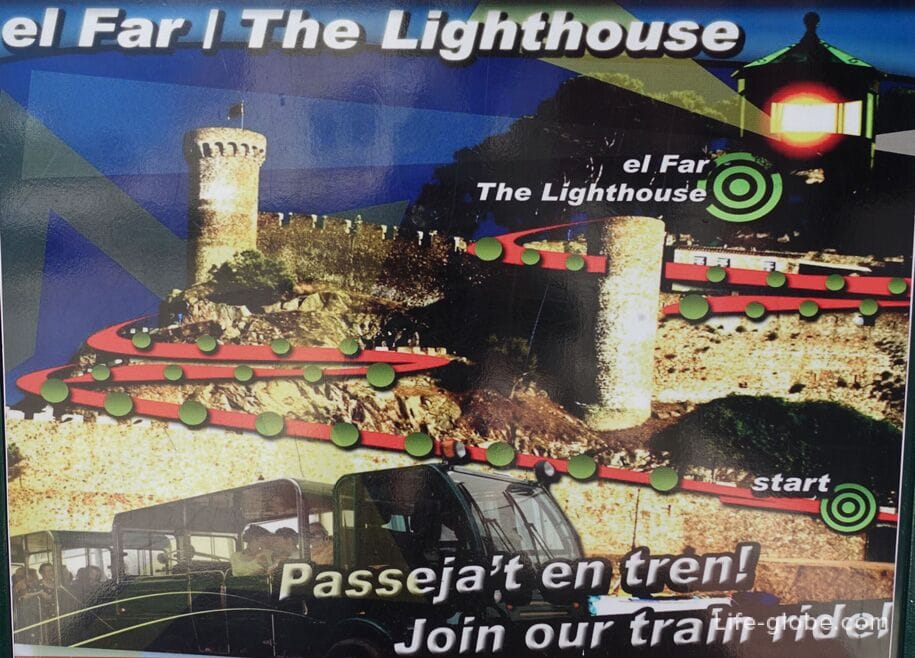
From many points in the surrounding area (Barcelona, Girona, Blanes, Lloret de Mar, etc.) can be reached by public transport, taxi or car.
From the neighbouring coastal towns of Blanes and Lloret de Mar can be reached:
- public buses. Buses run daily, fare is 1.90 Euro, arrive at the bus station of Tossa de Mar, which is linked to the castle somewhere in the 800 metres;
- by sea on the tourist boat. The cost of the boat trips there and back from € 25. Boats come to the Central beach of Tossa de Mar, near the castle. You can come in the morning, get out of the boat to walk on those and evening on any boat to go back.
In Blanes and Lloret boats depart from Central beach. Find out all the information and tickets can be bought on the quays near the beaches;
- by taxi
- on foot.




